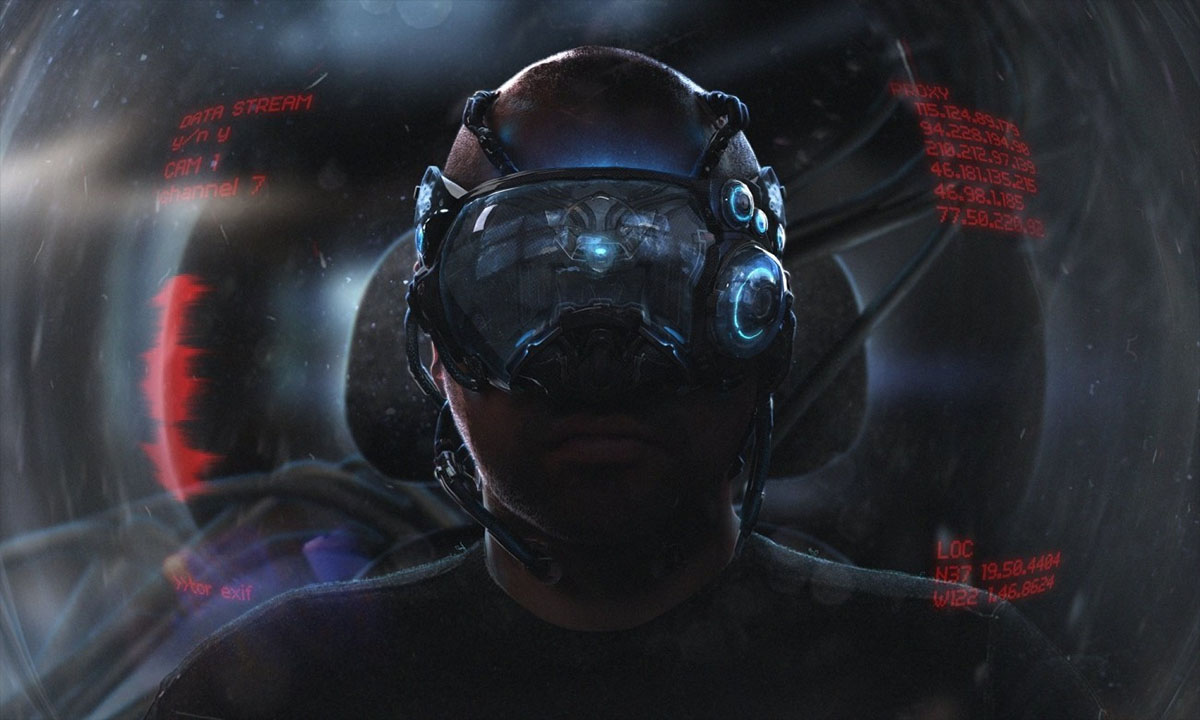please, leave your brain where it is

A while ago, I took a look into an idea of the Technological Singularity that looks towards a future in which the human mind will reside as pure information within a complex network of computers. Since the first post on the subject, I’ve been getting a slow but steady stream of feedback from proponents who say that with enough time, we can’t discount something like this from happening or that I haven’t given a valid reason why a future technology for transferring human minds to machines won’t work. According to them, if you have a perfect, one to one transfer of the information from the brain to a computer, the human and his consciousness should all be there in an electronic format like a huge collection of files. All you’d need are the right tools for the job…
The concept of machine aided immortality is one of those ideas that’s just too good to let go. I may be tempted to believe it myself as an avid reader of science fiction since childhood. But it just so happens that technology is my area of expertise and I’ve worked with computers too long not to hear alarm bells ringing when I picture mad scientists trying to replicate a brain in machine form. When Ray Kurzweil talks about melding minds with microchips, he focuses on the idea that our minds have electrical impulses like computers and our thoughts can be read with proper equipment. However, the issue is a lot more nuanced than that. Just because we can design a probe that can read electrical activity in our nervous systems and activate preprogrammed functions, doesn’t mean that we took a step towards replacing neurons with silicon.
Let’s say you wanted to truly download a human mind into a mechanical vessel of some sort. To make it work, your machine would have to work the same exact way as a human brain. That’s not going to happen with just a few futuristic updates. You’d need to rethink how it works from the bottom up, starting with memory and how it uses electrical activity for its basic functions.
Electrical pulses in digital equipment like computers come from transistors switched on and off as electricity from a power supply flows to them. Data generated by myriads of these pulses is then recorded to a disk in a computer’s hard drive and can be retrieved when needed with the use an index which keeps track of where on the disk the data is actually recorded. So if you needed to find a file on your computer, the device finds all the places on the hard disk where the file’s data lives and presents it in the correct form via an operating system. A human brain is very different. In the brain, those pulses come from chemical reactions between sodium and potassium. There’s no hard disk where data is stored. Instead, clusters of neurons store the data temporarily and the more you reuse the information, the stronger those connections get and the better you remember it.
Another major difference is that computers have limited amounts of data storage because hard disks can fit only so much. But the brain doesn’t have a limit on the amount of information it can store. Forgetting seems to be more of a function of not using the information or being unable to effectively retain it rather than our limit on potential knowledge. Estimates of what capacity the brain has are completely meaningless because they try to apply a the constraints of an electronic system designed to have X amount of storage to a biological network that evolved over millions of years and records memories in much more sophisticated and dynamic ways.
So if the Singularity proponents can overlook so basic and so important, what are we to make of the idea that human brains can actually be downloaded or merge with machinery? Well, again, there’s a lot of excitement over the fact that our nervous system generate electrical activity and carry information with pulses of ions. In a computer network, you can get the same pulses to get you the same data on a different machine. But keep in mind that there’s no hard disk to which the data gets recorded in the brain and the electrical activity is used to fire neurotransmitters rather than record files. The brain is the storage, the RAM and the operating system so trying to transfer over the signals neurons send to each other into a computer isn’t going to give you any of the information stored in the person’s mind, not to mention that all you’d be doing in interrupting pulses which will start again as soon as your futile effort is over.
The neurons in our brains aren’t just transistors that send ions to each other. They’re what make us who and what we are. Human minds are a product of chemistry and organic connections, swayed by neurotransmitters and hormones, prone to emotions that were passed on from our earliest ancestors as survival mechanisms. When someone like Ray Kurzweil talks about abandoning our bodies, he’s taking his very circumstantial and drastically incomplete knowledge of both computers and human brains, and applies a hefty dose of what can only be described as a technological New Ageism. His idea is based on a typical religious model which sees our bodies as nothing more than vessels for our souls. It’s that soul, that concept of the transcendent human essence, Kurzweil wants to extract and put into a microprocessor to gain a sort of immortality. And in this case, he thinks he found the human soul in the everyday electrical activity of the brain.





